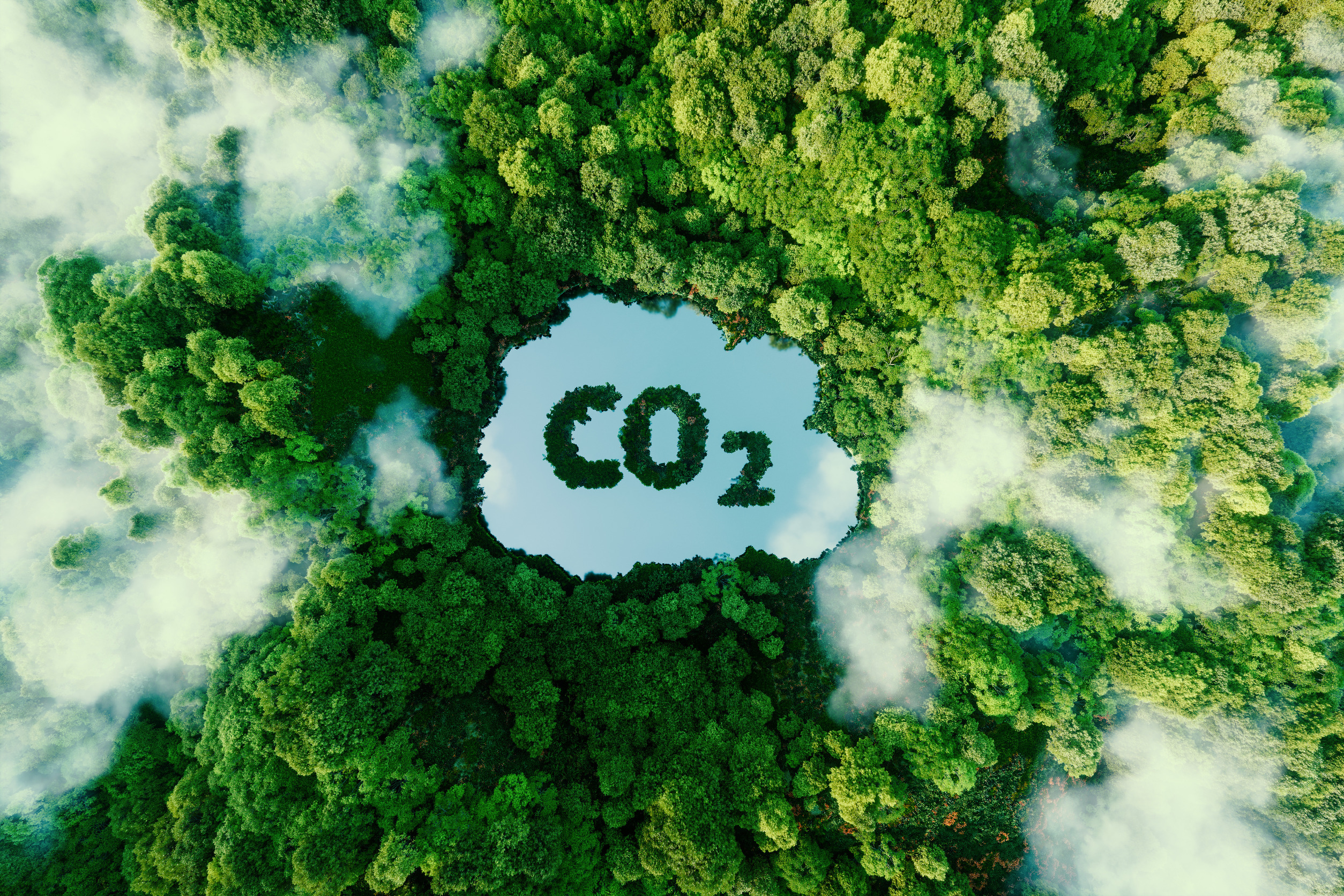To get some sense of powerful political agenda influences on global climate and environmental policies, it’s instructive to revisit the acid rain hysteria of the late 1960s, which led quite directly to the demonization of carbon dioxide (CO2) as a “climate pollutant.”
This second manufactured scare continues today, thanks to active assistance from “experts” who should — many probably do — know better.
Both agendas have involved the same sorts of crony constituencies, including globalist wealth redistribution proponents, “green energy” subsidy promoters and their government sponsors, ideologically biased “scientific authorities,” and headline-hungry media reporters.
Very briefly summarized, the acid rain scare began in 1967 when Svante Odén, a Swedish soil scientist, wrote a widely circulated sensationalist article about forestry damage attributed to a “chemical war” between nations of Europe.
Odén’s claim regarding environmental impacts of industrial-sourced acid rain prompted a Swedish government investigation leading to a 1971 report clothed in scanty science which authoritatively concluded, “The [human] emission of sulfur [dioxide] into the atmosphere … has proved to be a major environmental problem.”
One had to read 50 pages into the document to discover the all-important disclaimer: “It is very difficult to prove that damage, such as reduced growth rates due to the acidification of the soil and related changes in the plant nutrient situation, has, in fact, occurred.”
In 1980, under President Jimmy Carter’s prompting, the U.S. Congress passed legislation for a ten-year National Acid Precipitation Assessment Program (NAPAP).
A subsequent 1987 review of more than 3,000 of those NAPAP model-based studies under the Reagan administration harshly criticized their poor overall scientific quality, also concluding, “The vast majority of forests of the United States and Canada are not affected by decline [emphasis in the original].”
Alas, that half-billion-dollar acid rain study yielded no “smoking gun,”
Nevertheless, whereas neither the U.S. nor the U.K. signed a 1985 Helsinki Protocol, which committed Western parties to cut their sulfur dioxide (SO2) emissions to 30 percent below 1980 levels, the media-fueled frenzy surrounding then-Sen. Al Gore’s 1988 congressional hearings on global warming provided a dream opportunity for now-defunct Enron, one of the biggest SO2 trading market players, to also cash in on the CO2 climate alarm.
Enron then owned the largest natural gas pipeline outside of Russia, and since higher CO2-emitting coal was its primary competition, a carbon cap-and-trade market modeled upon SO2 credit exchanges would be a huge boon to its business.
But there was one very pesky problem. Unlike SO2, which really does produce unhealthy smog, CO2 wasn’t considered to be a pollutant — at least not yet — and therefore, EPA had no authority to regulate it.
So after Gore’s Senate pal Timothy Wirth was appointed to become undersecretary of state for global affairs in the Clinton-Gore administration, Enron’s boss, Kenneth Lay, began working closely with him to lobby Congress to grant EPA necessary CO2 regulatory authority plus gain public United Nations Kyoto Protocol support.
And lobby they did. Between 1994 and 1996, the Enron Foundation contributed nearly $1 million to an energetic and successful global warming fear campaign, which included attacks on scientific dissenters.
On Aug. 4, 1997, Enron’s CEO Lay met with President Clinton and Vice President Gore in the White House to prepare a strategy for the upcoming U.N. Kyoto conference, pushing a global CO2 carbon trading market that both Gore and Enron coveted.
An internal Enron memorandum at that time stated that Kyoto would “do more to promote Enron’s business than almost any other regulatory initiative outside the restructuring [of] the energy and natural gas industries in Europe and the United States.”
Gore and his partner David Blood, the former chief of Goldman Sachs Asset Management, were poised to make windfall profits selling CO2 offsets as stakeholders in the Chicago Climate Exchange.
Speaking before a 2007 Joint House Hearing of the Energy Science Committee, Gore told members, “As soon as carbon has a price, you’re going to see a wave [of investment] in it … There will be unchained investment.”
Thanks to a 2010 Republican mid-term congressional House cleaning that didn’t occur.
Instead, it was Enron that ultimately got capped, with its CEO Lay dying in prison.
Gore has fared far better, having harvested lots of green for that hot air he continues to peddle … enough to heat his 20-room mansion (not including eight bathrooms) and pool that consumes more energy in a month than the average American household does in a year.
Meanwhile, SO2, blamed for forest damage, and CO2, attributed to a looming climate disaster, are both natural plant fertilizers that make the world greener.
This, as once again, costly emission-credit trading scams premised upon unsupportable crisis hyperbole, benefit none of the rest of us.
Nope — not even Bambi.
This article originally appeared at NewsMax
